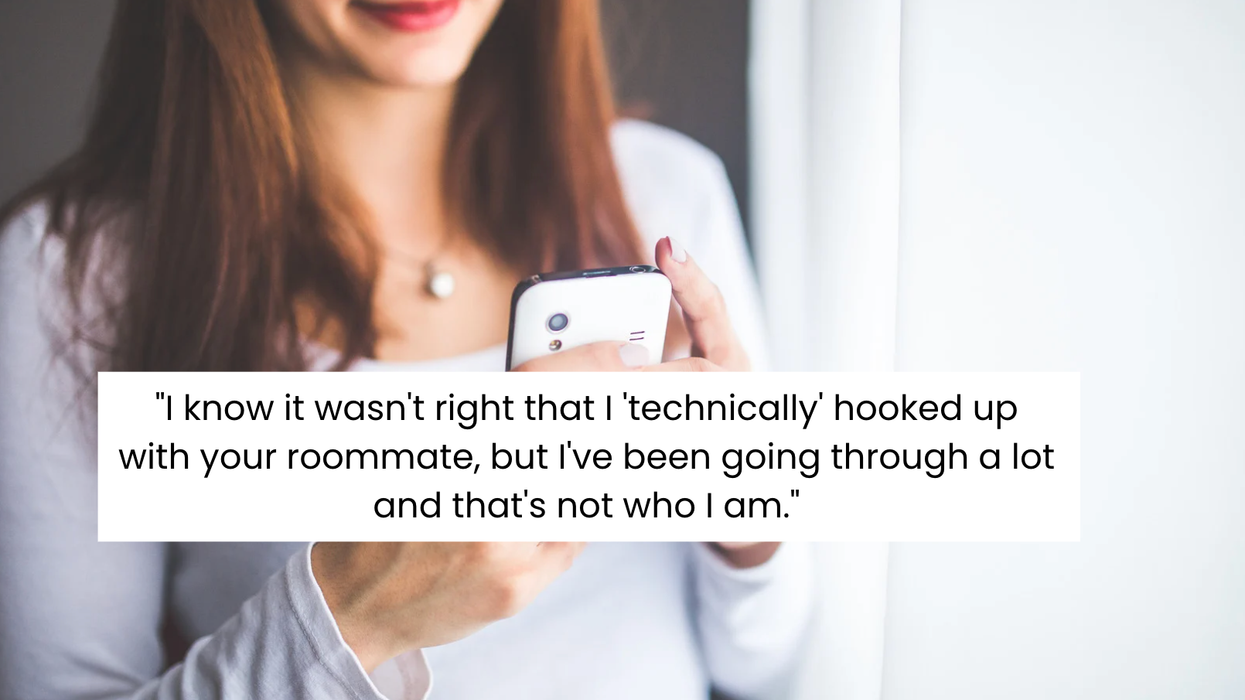In order to celebrate the New York Public Library's 125th anniversary, the library announced a list of the top 10 most checked-out books in the library's history. The list, which took six months to compile, was determined by a team of experts who looked at the "historic checkout and circulation data" for all formats of the book. Ezra Jack Keats's "The Snowy Day" tops the list, having been checked out 485,583 times through June 2019. While many children's books topped the top 10 list, the number one choice is significant because the main character of the story is black. "It's even more amazing that the top-ranked book is a book that has that element of diversity," New York Public Library President Anthony W. Marx said.
RELATED: The women who inspired 'Hidden Figures' will now be honored with Congressional Medals
"The Snowy Day" follows the story of a boy named Peter enjoying the city after the first snowfall. Peter's experience of making snow angels and listening to the crunch of his footprints resonates with young and old alike. "'The Snowy Day" is such a relatable story because snow is an experience all New Yorkers have experienced," Andrew Medlar, one of the experts who helped compile the list, told CNN. It's a small reminder that some experiences, like the magic of winter, are universal.
"The Snowy Day," which was published in 1962 during the Civil Rights movement, was one of the first books to depict a black child without racist stereotypes. However, the book wasn't attempting to make a statement about race. "He said, well, all the books he had ever illustrated, there had never been a child of color, and they're out there � they should be in the books, too," Deborah Pope, executive director of the Ezra Jack Keats Foundation, told NPR. "The Snowy Day" won the 1963 Caldecott Award, making it the first picture book with an African American protagonist to win a major children's award.
The booked also helped change the way some children saw themselves. "There was a teacher [who] wrote into Ezra, saying, 'The kids in my class, for the first time, are using brown crayons to draw themselves.' " Pope told NPR. "These are African-American children. Before this, they drew themselves with pink crayons. But now, they can see themselves."
RELATED: Central Park is finally getting a statue of women and it's about time
Children's books dominated the 10 most checked out books list, partly because they're short. "The shorter the book, the more turnover, or circulation," Medlar said in a statement. "The adult books on the list tend to be shorter, such as 1984 and To Kill a Mockingbird."
Here are the other books on the list:
1. "The Snowy Day," by Ezra Jack Keats (485,583 checkouts)
2. "The Cat in the Hat," by Dr. Seuss (469,650)
3. "1984," by George Orwell (441,770)
4. "Where the Wild Things Are," by Maurice Sendak (436,016)
5. "To Kill a Mockingbird," by Harper Lee (422,912)
6. "Charlotte's Web," by E.B. White (337,948)
7. "Fahrenheit 451," by Ray Bradbury (316,404)
8. "How to Win Friends and Influence People," by Dale Carnegie (284,524)
9. "Harry Potter and the Sorcerer's Stone," by J.K. Rowling (231,022)
Editor's note: This article was originally published on January 14, 2020. It has since been updated.
More on Good.is
New York Public Library's Most Checked-Out Book Is 'The Snowy ...
The New York Public Library has calculated its most checked-out ...
NY Public Library reveals Top 10 borrowed books of all time - New ...
New Yorkers' most checked-out library books by borough
Why Goodnight Moon is missing from the New York Public Library's ...
The 10 Most Checked-Out Books in N.Y. Public Library History - The ...
These Are the Most Frequently Checked-Out Books in the History of ...
New York Public Library's most checked-out books say a lot about ...
Here's New York Public Library's list of the most checked-out books ...






















